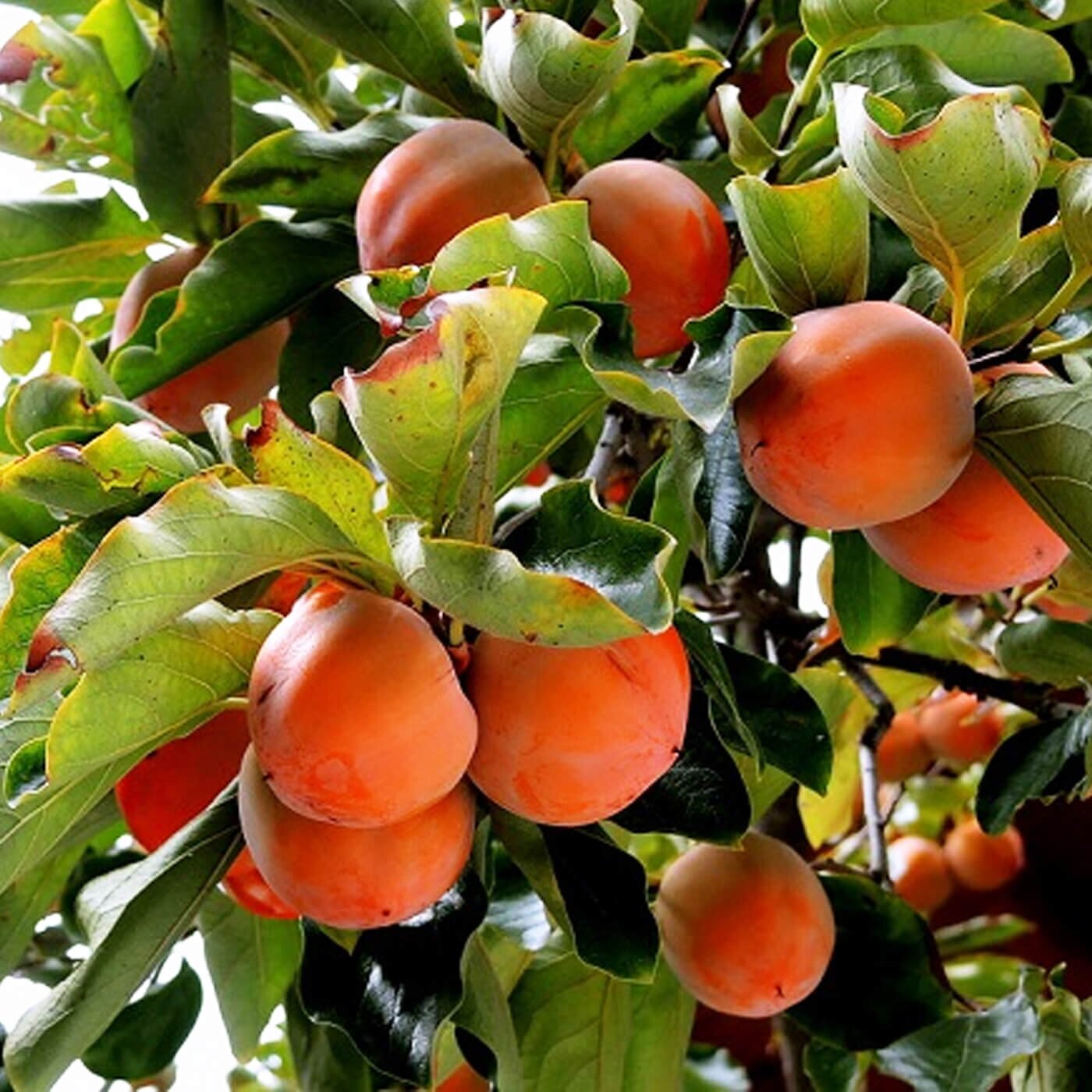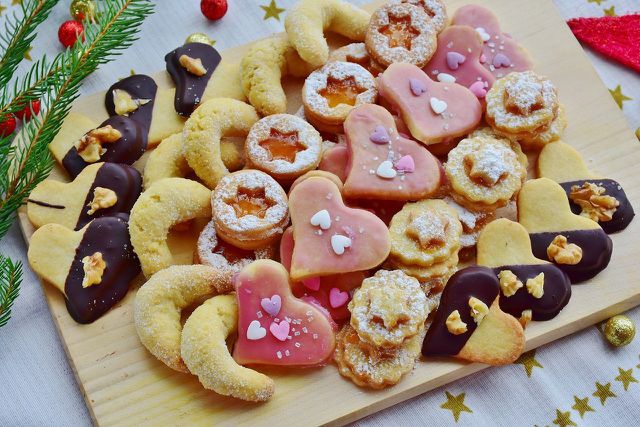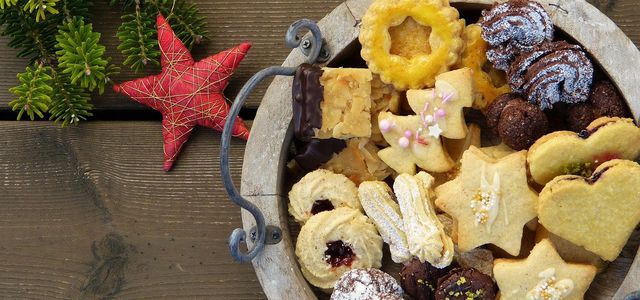Coffee is a treat. Without question. But the presentation of the coffee is also important: You can find out how to serve coffee correctly in our article.
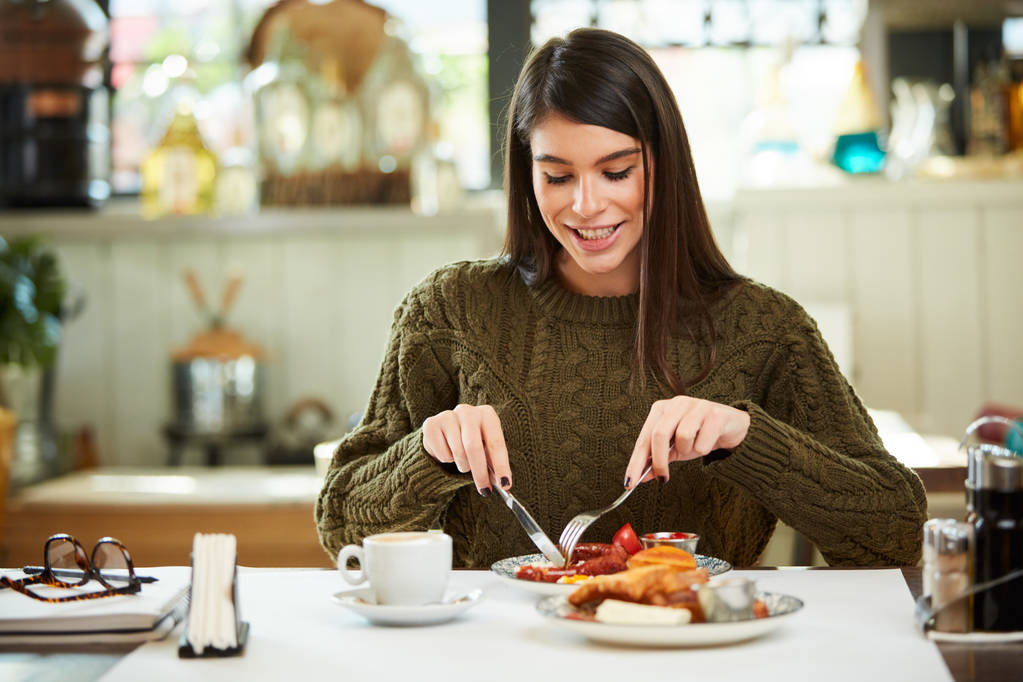
With the right serving, you can round off the taste of coffee perfectly and offer your guests a special service.
For a long time, coffee was considered a luxury that only wealthy people could afford. Today, however, it has reached the status of a commodity and is freely available to almost everyone. Most people drink several cups of coffee a day and enjoy the stimulating effect and excellent taste. But how exactly is a coffee served? If you want to proceed with style and etiquette here, you have to follow a few guidelines and specifications. Coffee etiquette is part of everyday life for every waiter, secretary and server. In our article we provide you with coffee knowledge of a special kind.
Whether in a restaurant, at home with guests or in conferences and work meetings – coffee is the must-have drink for many get-togethers. As a true pleasure drink, it must of course also be served and presented in style. The server has a number of options here. He can pour the coffee himself according to etiquette or offer self-service. With both variants, there is a certain procedure to follow and to act as inconspicuously and stylishly as possible. When you serve guests, you must not simply proceed as you please, but must adapt to their wishes and specifications. Proper serving ultimately also contributes to a better and more relaxed dining experience. An excellent coffee is in no way inferior to fine drinks such as wine, sparkling wine and champagne and should therefore be served as such. Tell your guests that they can look forward to an aromatic and beneficial drink.
Coffee in our everyday life
Coffee is everywhere these days. Most of us grab a cup of the drink as soon as we wake up in the morning. The invigorating effect gives us more energy and promises a good start to the day. Even at work, many cannot do without a delicious cup of coffee. Here it not only offers a tasty change, but also helps through sleepy midday slumps. But we also notice the strong presence of coffee in everyday life in our free time. As soon as we step outside, we come across numerous places that offer coffee. Whether in shopping streets, small side streets, restaurants, gas stations or one of the countless cafés on our doorstep – coffee can be found everywhere and is one of the most popular drinks in the world. In 2016 alone, every German citizen drank an average of 162 liters of coffee.
In addition to the general popularity of coffee, the drink has also become a classic for good manners. When guests are visiting, it is always a good idea to serve a coffee. This applies equally to the private and business area. At home, it is above all the well-known “lunch party” that many people remember. Here we sit comfortably together with friends and guests, talk and enjoy a delicious coffee in peace and quiet. In the business area, on the other hand, it is considered good manners to offer a coffee to your counterpart. This task is usually performed by secretaries or receptionists. They should be well versed in how coffee is served properly. The right serving in combination with aromatic coffee creates an inviting atmosphere and relaxes business conversations immensely.
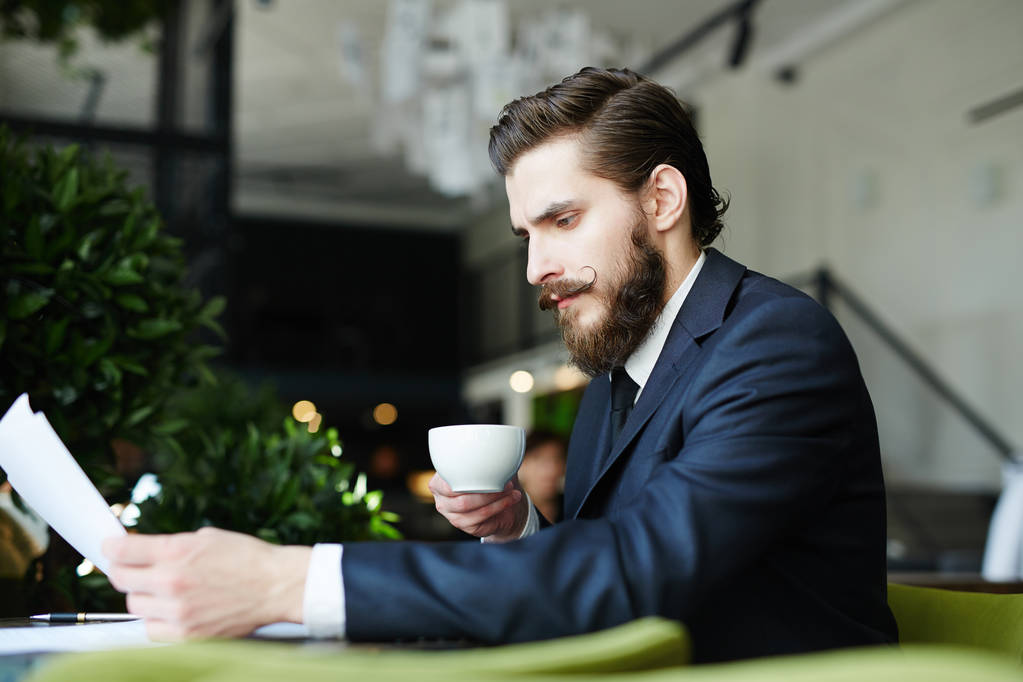
Serving coffee correctly: rules of conduct and practical tips
If you want to serve coffee properly, then you should follow a few rules. There are some differences depending on who you serve and where you are. For example, different regulations apply at home than at work. In the latter case in particular, it is important to maintain form and act in an extremely courteous manner. As a waiter, you must ensure that you are served in style. You can use useful tools such as coffee service sets as table settings. These oval trays are ideal for transporting a cup and saucer, a jug and a matching teaspoon. In addition, the coffee utensils are beautifully presented.
If your guest is to enjoy full service like in a restaurant, you have to follow a certain procedure. First of all, you should know that a new cup of coffee must always be refilled in the kitchen or away from the guest. The old cup of coffee is replaced along with the saucer. To ensure that the coffee arrives pleasantly warm at the table, it is also advisable to warm it up beforehand. The refilling option is a little less formal and more suitable for everyday use. You do not need new cups for this, but carefully pour new coffee from the right side for the guest. In many cases, the guest will also hand you the cup – you should make sure that the saucer is also handed to you so that not a drop of coffee spills. Modern style suggests taking the cup and saucer straight away and only then refilling it. In this way, you relieve your visitor of as much work as possible. Incidentally, pouring takes place behind the guest’s right shoulder. This prevents unwanted mishaps that can lead to the hot coffee pouring over the person in front of you.
As a waitress at business meals, meetings and other gatherings, the order of the people present plays a role in addition to the correct serving of the coffee. You always start with the most senior person in the room. This often sits directly to the right of the host and thus occupies a central position. Then distribute the coffee counter-clockwise. The host is now the last to receive his coffee and is therefore using excellent manners. If the meeting gets a bit larger so that a single pour would take too long, you can also introduce self-service in consultation with your manager. Here, coffee pots are distributed at appropriate intervals over the entire table and every coffee drinker can easily refill himself. However, it is worthwhile to make the guests aware of this offer again after a short time so that everyone knows about the procedure.
If you want to serve the coffee correctly and you choose a coffee service set, you must always arrange it correctly. The rules state that the milk jug must be on the far right. The coffee cup and saucer are then placed on the tray on the left. A little above and in the middle is a dispenser with sugar. However, you should serve honey separately, as it has no place on a coffee service. Since most people are right-handed, the handles of the jug and cup both point to the right. The coffee spoon is placed last on the right side of the cup. Finally, only one cookie is missing, which can be placed on the left side of the saucer. Now the coffee service set is ready and you can serve it to the guest. In the four walls at home, this procedure does not have to be followed quite so strictly. However, if you want to be a good host, you should ensure that the food is served as stylishly as possible.






